In connection with flying in Rio, I forgot something the last time. The Pedro Bonita ramp is not in operation only for the joy of individual pilots, but mainly as a livelihood for tandem fliers. And it is necessary to point out that hanggliders far outnumber paragliders here. For passengers, after all, a flight on a hangglider is far more exciting in terms of adrenaline. Landings on the beach, despite looking deadly, are absolutely precise, and the pilots know what they are doing. However, when you see a pilot coming in for a landing with his screaming victim, you really think he'll end up buried in a meter of sand. At the last moment, though, he straightens out the wing and lands the poor passenger safely on the ground, receiving applause from onlookers, whose blood was curdling in their veins only moments before. They're hotshots.
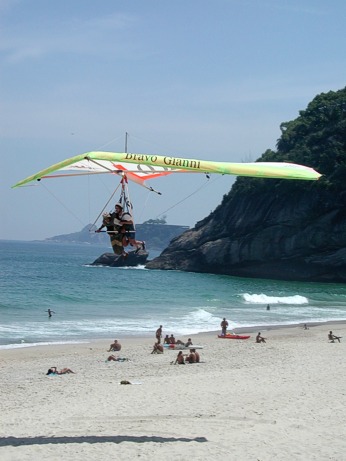
But now, we move on, several hundred kilometers northeast, to the port city of Porto Seguro (safe harbor). This city was fated in the year 1500 to welcome the first arrival of the Portuguese in Brazil. Today the city itself lives off of tourism, with over 800 accommodation facilities of various categories in the city and its near vicinity.
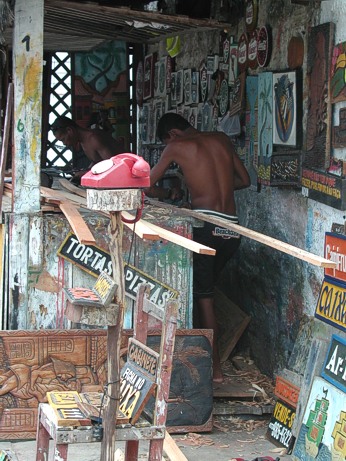
Porto Seguro, however, is a picturesque little city with many little shops and friendly locals and, another advantage not to be overlooked by us, flying opportunities nearby! Following some slightly scary searching, we finally reached a cliff that is 12km long and rises 30-50m above the beach. We even found the only trail up and are already standing at the starting ground with a flag and bits of Skytex strewn around. This indicates a slight challenge around the start - no second chance. Despite the side wind of 8-12m/s Silver pulls out his canopy and shows him what Brazil is like. On the second attempt at getting the paraglider up I have to hold Silver by the seat, just like in the fairytale about pulling out the beet, so that the pissed off wind doesn't pull him off the cliff. It looks like nothing'll come of flying above the cliff and Silver packs up instead, so that his beloved paraglider doesn't end up like the one that only strips of cloth remain here.
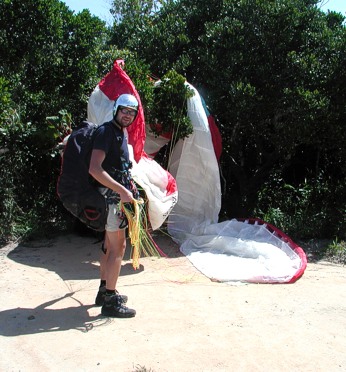
|
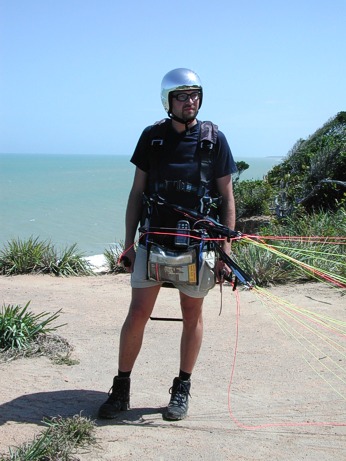
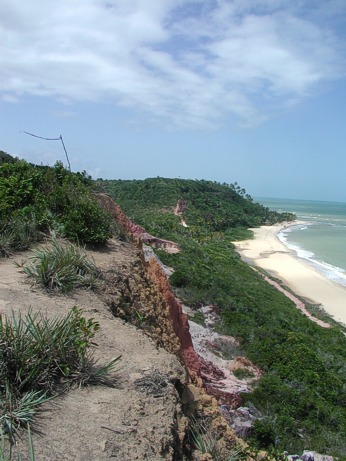
Again we move further along the coast, this time after having bought to I don't even know where. But we find out when we get there - Bom Despacho and we cross the gulf on a ferry to Salvador. Salvador is the capital city of the state of Bahia and has a rich historic and cultural tradition. In the middle of the 16th century it became the capital city of Brazil up the year 1763, when Rio became the capital up until the middle of the last century. Its riches were primarily amassed in the first two centuries of settlement, when the city served as an export point for sugar, tobacco and diamonds. The domestic Indians, however, weren't well suited to hard, forced labor and couldn't stand much. So slaves began to be imported from Africa, and their population greatly increased with time. And so today, the state of Bahia is primarily black. It's no coincidence that Salvador is called the African soul of Brazil and we are surrounded everywhere by Afro-culture. Drums are continuously heard in the street, dancing blacks can be seen, dressed in Rasta man colors. It's too bad we can't stay here overnight, when surely there will be a lot of dancing and mingling, - we have to return to the bus heading toward Fortaleza.
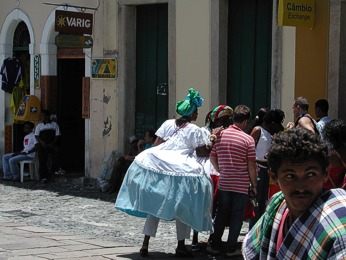
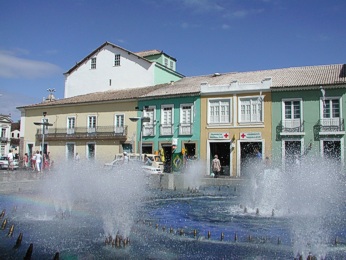
Maybe you're asking why we don't stay somewhere longer, but the XCeara Cross Country race begins this Saturday in northeast Brazilian city of Quixada. On our way through the country we realize it won't be a piece of cake as daytime temperatures rise to 40°C and the sun-burned landscape is covered with two-meter high shrubs. Looking at the sky is enough for a heart-attack and I'm looking forward to tomorrow's practice day.
|






